Your search 'medium sennelier,1708639804' did not match any products.
Showing results using some of your search terms 'medium sennelier,1708639804'
Search results for 'medium'
-
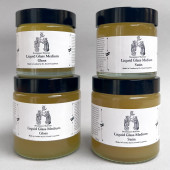
Liquid Glass Mediums
Starting at: £32.00
-

Superior Medium Soft Rubber Rollers
Starting at: £133.20
-
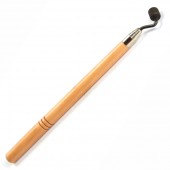
Roulette Medium Crossed Lines No1
£13.20 -
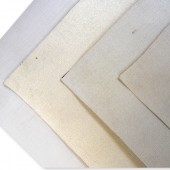
Primed Linen
Starting at: £78.50
-
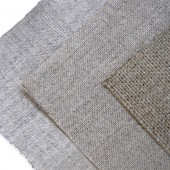
Unprimed Linen
Starting at: £42.50
-
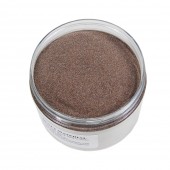
Carborundum Powder
Starting at: £11.50
-

Cornelissen Cotton Tote Bags
Starting at: £3.00
-
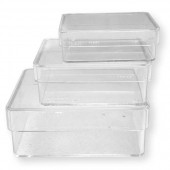
Transparent Containers
Starting at: £1.20
-
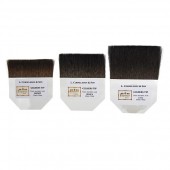
Cornelissen Gilders Tips
Starting at: £17.50
-
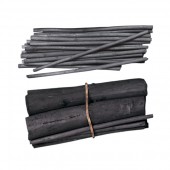
English Willow Charcoal
Starting at: £1.75
-
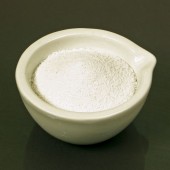
Marble Dust
Starting at: £4.70
-

Calf Vellum
Starting at: £16.75
-
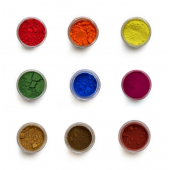
Small, 15ml Pigment sizes
Starting at: £4.00
-
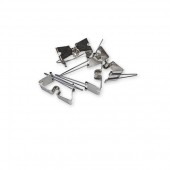
Canvas Carrier M-Clip
Starting at: £11.00
-
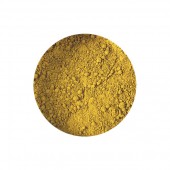
Raw Sienna Pigment
Starting at: £4.00
-
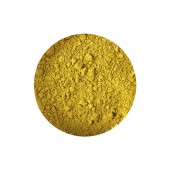
Yellow Ochre Pigment
Starting at: £4.00
-
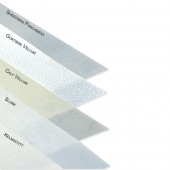
Goatskin Vellum
Starting at: £11.15
-
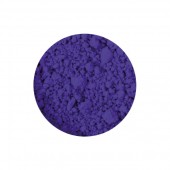
Ultramarine Blue Dark Pigment
Starting at: £4.00
-
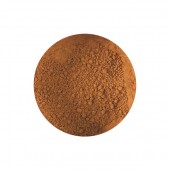
Burnt Sienna Pigment
Starting at: £4.00
-
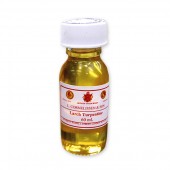
Cornelissen Larch Venice Turpentine
Starting at: £28.80
-
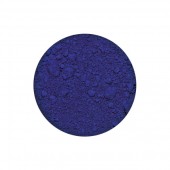
Oriental Blue Pigment
Starting at: £5.40
-
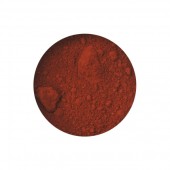
Translucent Orange Oxide Pigment
Starting at: £9.40
-
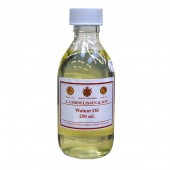
Cornelissen Walnut Oil
Starting at: £8.20
-
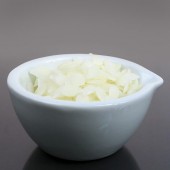
Bleached Beeswax
Starting at: £12.30
-

Cornelissen Canada Balsam
Starting at: £39.10
-
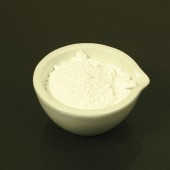
Alumina Hydrate Light
Starting at: £8.30
-
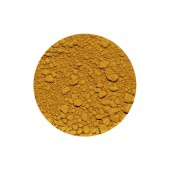
Golden Ochre Pigment
Starting at: £4.50
-

Cobalt Yellow Pigment
Starting at: £8.80
-
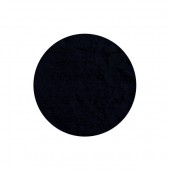
Vine Black Pigment
Starting at: £4.70
-
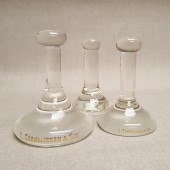
Cornelissen Glass Mullers
Starting at: £24.50




